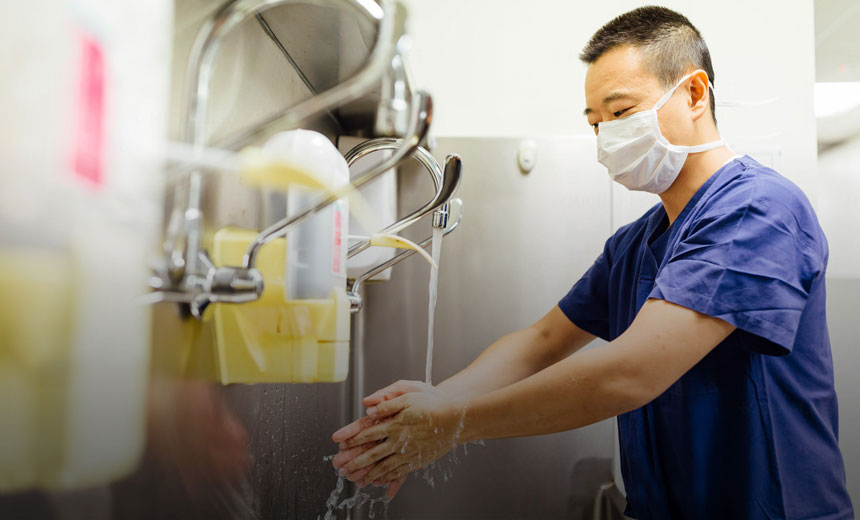"*" indicates required fields

01/09/2017

Healthcare-associated infections are a major concern to the community.
As such, the prevention and control of infection is an essential part of our duty of care and the responsibility of all Vision Eye Institute staff.
We are committed to minimising the risk of infection transmission to our patients, staff and visitors. To achieve this, we have implemented a number of initiatives and programs to detect and prevent infections that can occur in ophthalmic surgical facilities.
Inappropriate and overuse of antimicrobials contributes to the emergence of resistant bacteria and causes patient harm. Patients with antimicrobial-resistant infections are more likely to experience adverse outcomes.
Antimicrobial stewardship programs have been shown to decrease inappropriate antimicrobial usage, improve patient outcomes and reduce adverse consequences of antimicrobial use (including antimicrobial resistance and toxicity, and unnecessary costs). Along with infection prevention and control and hand hygiene and surveillance, antimicrobial stewardship is considered a key strategy at Vision Eye Institute, with the aim to improve the safe and appropriate use of antimicrobials, reduce patient harm and decrease the incidence of resistance.
Efficient hand hygiene is the single most important strategy in preventing healthcare-associated infections. Hand Hygiene Australia (HHA) defines hand hygiene in general terms as referring to any action of hand cleansing. This includes:
When performed correctly, hand hygiene results in a reduction of microorganisms on the hands. We have implemented a HHA-compliant hand hygiene program across our organisation.
Vision Eye Institute ensures that all staff are trained in the 5 moments of hand hygiene:
Annual audits are conducted to measure compliance in the clinical setting. Each day surgery has a Gold Standard Auditor who has been trained by Hand Hygiene Australia. The latest 2018 audit of Vision Eye Institute’s day surgeries showed that we were well above the national average for hand hygiene moments.
Consumers entering Vision Eye Institute facilities are encouraged, through appropriate signage, to use the alcohol-based hand rub provided.
References
Hand Hygiene Australia. https://www.hha.org.au/. Accessed online 14 August 2017.
The information on this page is general in nature. All medical and surgical procedures have potential benefits and risks. Consult your ophthalmologist for specific medical advice.
Date last reviewed: 2020-10-08 | Date for next review: 2022-10-08